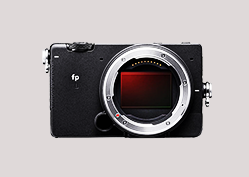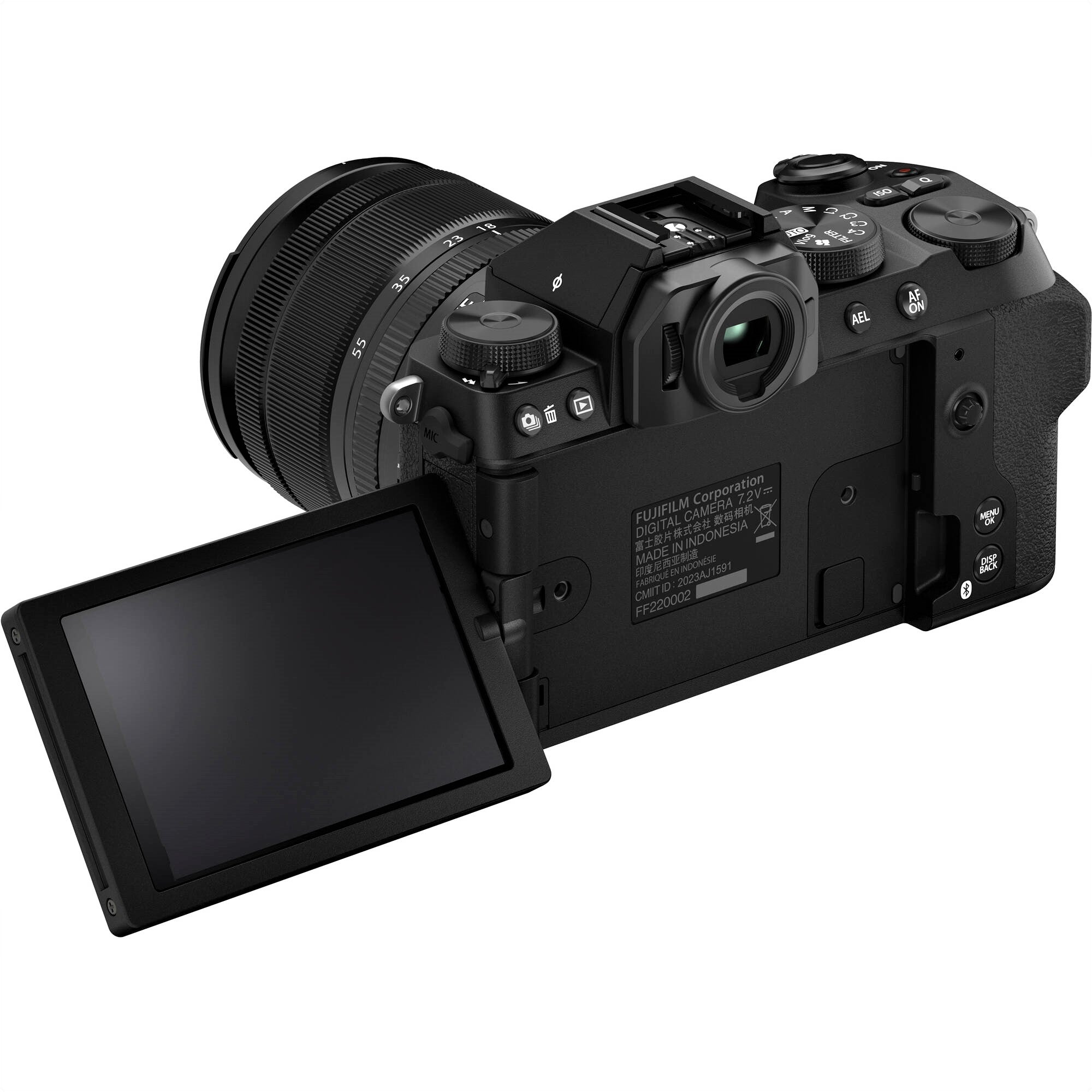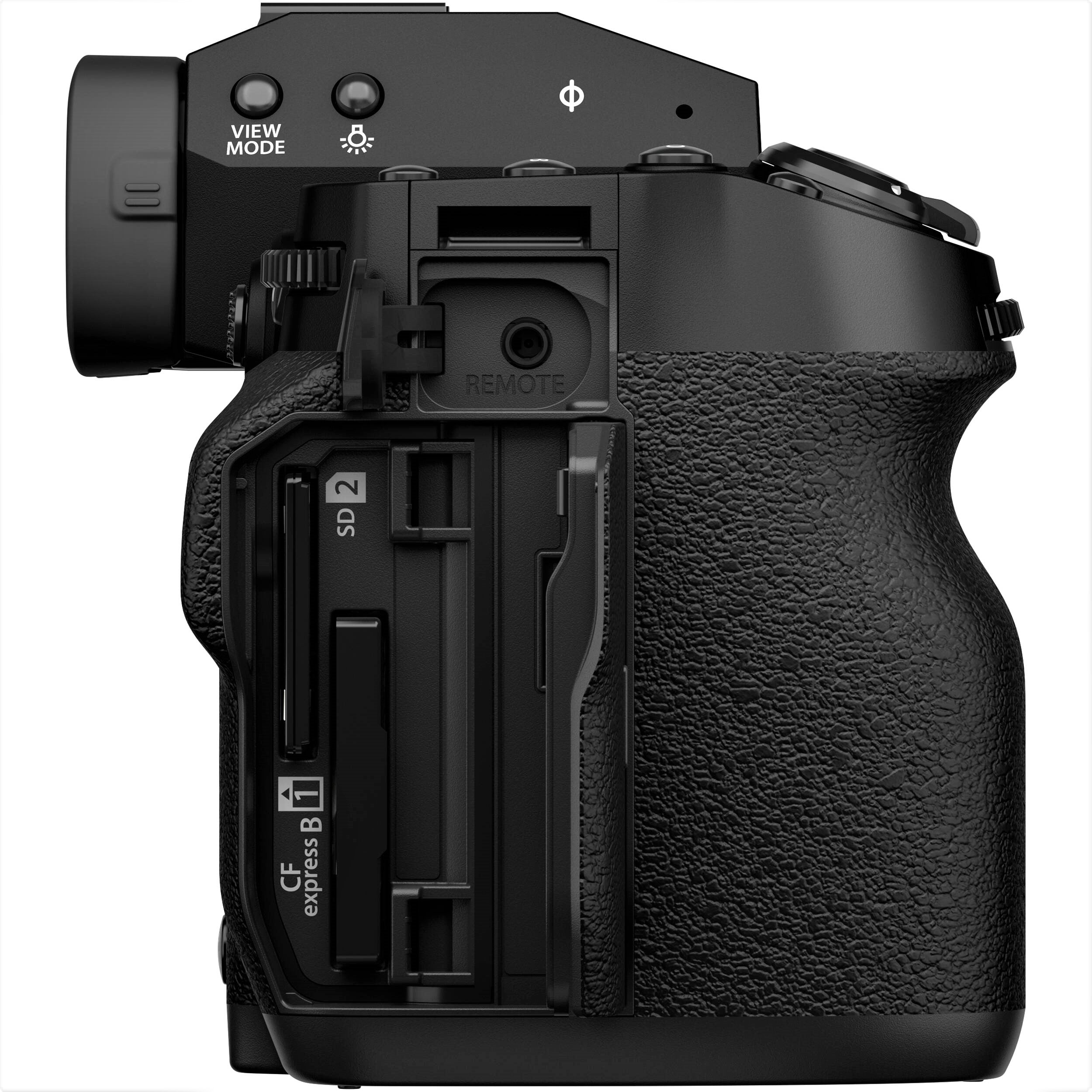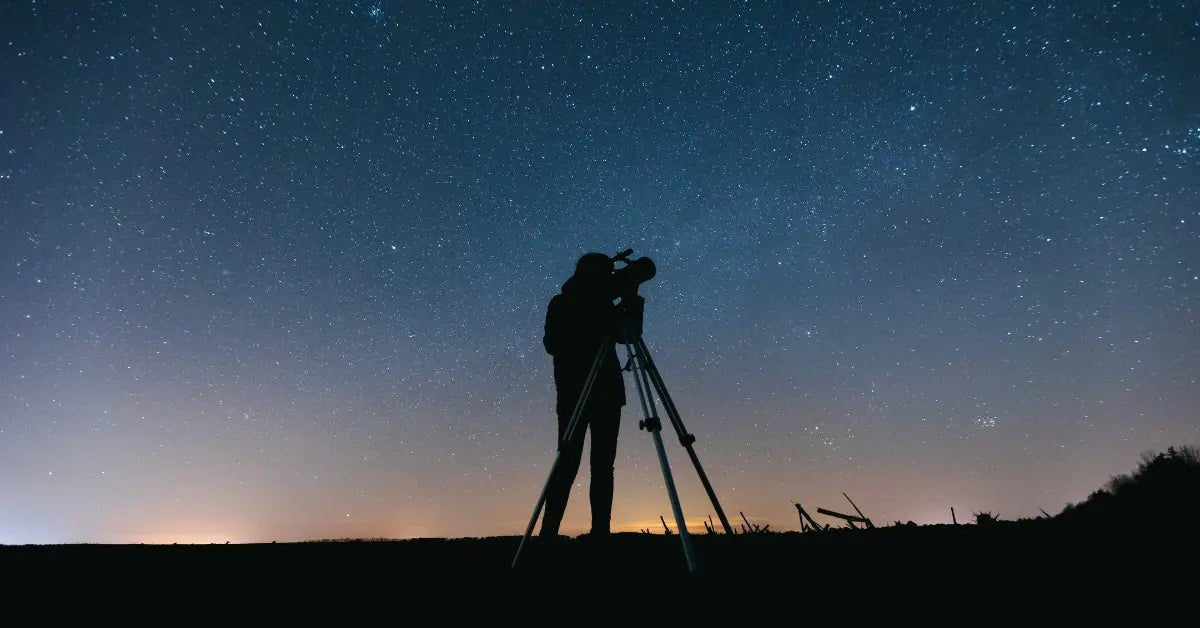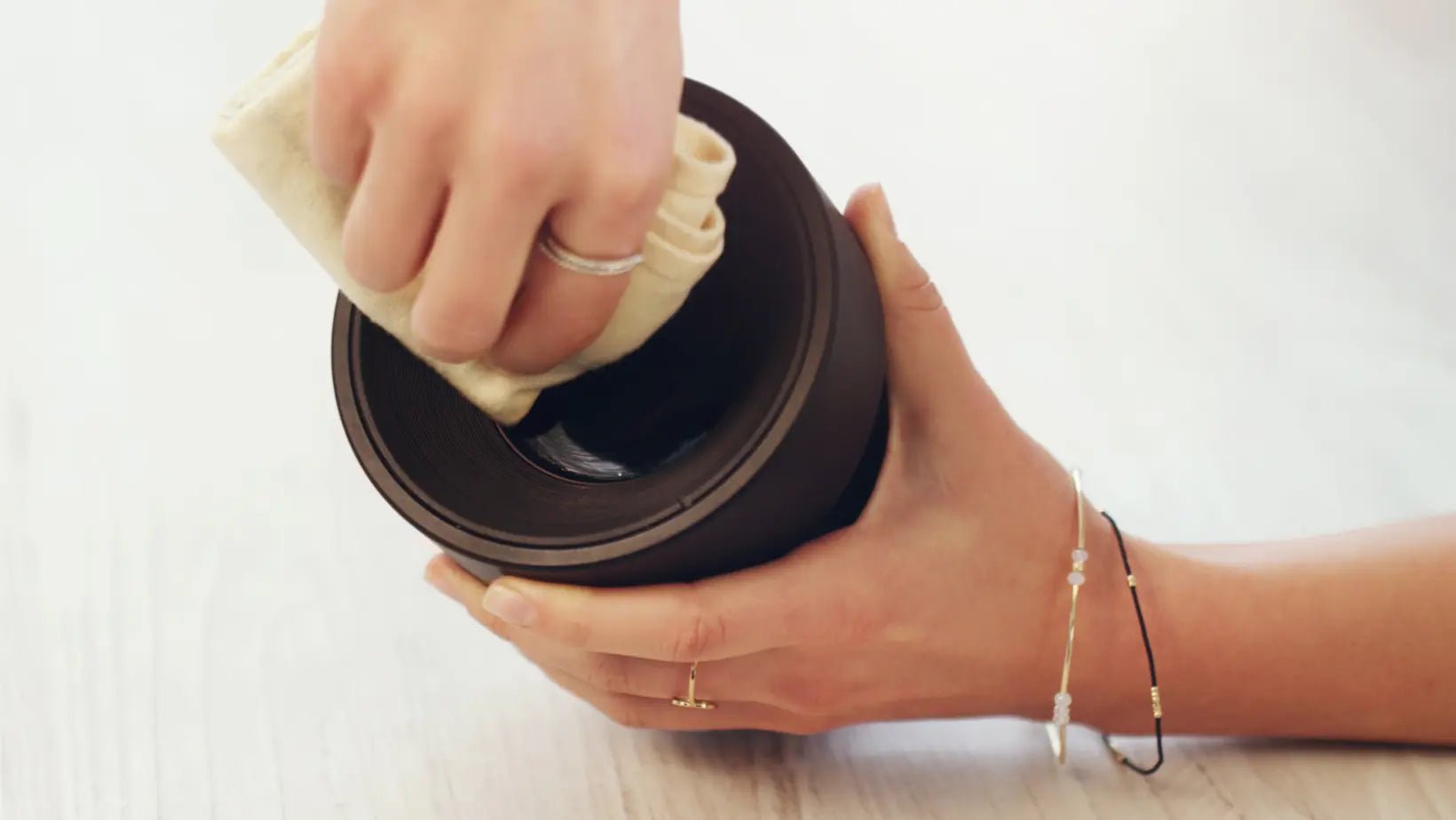Focal length might seem like just another piece of photography jargon, but trust me, it's a game-changer. This guide is all about unpacking what focal length is and why it should matter to you, whether you're just snapping pics for fun or aiming to be the next big name in photography.
Let's look into the heart of photography and explore how focal length shapes the images you capture, making it a key player in your photography toolkit.
We will discuss into its impact on composition, perspective, the interplay with camera sensors and aperture, and much more.
The Science Behind Focal Length

Focal length isn't just a technical detail or a number printed on your lens; it's essentially the DNA of how your lens sees the world. Think of it as the distance from your lens to the camera's image sensor when your subject is perfectly in focus. This isn't just about numbers—it's about perspective and the creative possibilities your lens can offer.
When you dip into shorter focal lengths, often referred to as wide-angle, you're stepping into a realm where you can capture vast scenes in a single frame. These lenses are fantastic for when you want to get an expansive landscape into your shot or when you're trying to make a small room look bigger.
It's like stepping back to take in more of the view without having to move.
On the flip side, long focal lengths, known as telephoto lenses, are your best friends for bringing distant scenes up close and personal. Imagine being able to photograph a bird perched at the top of a tall tree or a football player's intense focus from the other end of the field—these lenses make it possible.
They zoom in on your subject, making them essential tools for sports, wildlife, or any situation where you can't get physically closer to your subject.
Getting a grip on what focal length means and how it transforms your images is crucial for choosing the right lens. It's all about aligning your creative vision with the technical capabilities of your gear.
Whether you want to capture wide, sweeping vistas or intimate details from afar, understanding focal length is the key to unlocking the full potential of your photography.
How to Use Focal Length Effectively

To really make the most of focal length, it's all about grasping how it shapes your shots. Think of wide-angle lenses as your go-to for sweeping landscapes or cityscapes. They let you cram loads of scene into your frame.
However, get too close to something, and it might start looking a bit wonky—like stretching or bulging effects.
On the flip side, telephoto lenses are your secret weapon for zooming in and making distant objects pop. They're awesome for making your subject stand out, kind of like spotlighting them on a stage.
But, this magic trick comes with its own quirk: it squishes everything together, making separate objects look like they're on the same plane.
The trick is to pick the right lens for what you're aiming to capture, considering both the vibe you're going for and the space you're working in. It's like choosing the right pair of shoes for an outfit—it can make or break the look you're aiming for.
Why Focal Length is Important in Photography

Understanding focal length is like learning the secret language of your camera lens. It's all about the angle of view your lens offers, which in turn shapes how much of your scene fits into each shot and how your subjects look within that frame.
But there's more to it than just fitting everything in. Focal length plays a huge role in creating the vibe of your photo. It affects the depth of field, which is tech-speak for how much of your photo appears sharp versus softly blurred.
It also tweaks the perspective, making things look closer or further away from each other, which can either exaggerate or minimize the sense of space in your images.
Even the feeling between the viewer and the subject is influenced by focal length. It can make your audience feel like they're right there, in an intimate moment, or observing from a distance.
Getting a grip on how focal length works gives you the power to really dial in the mood and impact of your photos. It's like having a superpower that lets you guide what your viewer feels and sees, making your photography not just seen but felt.
Lens Focal Length vs Camera Focal Length
Think of the focal length of a lens as its "zoom" level. It's a measurement, in millimeters (mm), that tells you how much of the scene in front of the camera will fit into your picture. A lens with a fixed focal length (like 50mm) doesn't change, no matter what camera you attach it to.
However, the way this focal length actually behaves can change based on the camera it's attached to, and that's all because of something called the crop factor.
Now, the crop factor is related to the size of the camera's sensor, which is the part of the camera that captures the image. Cameras with smaller sensors (often referred to as "crop sensor" cameras) have a crop factor (like 1.5x), which makes the scene appear closer or more "zoomed in" than on cameras with larger, full-frame sensors.
This doesn't physically change the lens's focal length; it just changes how much of the scene is captured.
So, using the example of a 50mm lens: on a full-frame camera, which has a larger sensor, you get a view that's considered "standard" or similar to what the human eye sees. But if you put that same 50mm lens on a crop sensor camera with a 1.5x crop factor, the image will look like it was taken with a 75mm lens on a full-frame camera.
It gives a tighter view, making things appear closer than they do with the 50mm lens on a full-frame camera.
This is super important to remember when you're picking out lenses. Depending on what camera body you're using (whether it's full-frame or crop sensor), the same lens can give you very different results. It helps to know this so you can choose the right lens to get the shot you want, whether you're after a wide landscape or a tight portrait.
Focal Length, Crop Factor, and Sensor Size
Think of your camera sensor as the canvas for your photo. The bigger the canvas (full-frame sensors), the more of the scene you can capture. Smaller sensors (like those in APS-C cameras) are like cropping a bit off the edges of the picture.
This doesn't mean smaller sensors are bad; they just give a different perspective and can actually make your lenses feel more zoomed in.
For example, putting a 50mm lens on an APS-C camera can make it act more like an 80mm lens on a full-frame camera. This is because of the crop factor, which for APS-C cameras is typically around 1.5x or 1.6x. This means whatever lens you're using, it might seem to pull subjects closer than the same lens would on a full-frame camera.
Why does this matter? Well, if you're moving between camera types or deciding on new lenses, understanding this can help a lot. For photographers keen on landscapes, a full-frame might offer the wide vistas they want without needing an ultra-wide lens.
For wildlife photographers, a smaller sensor might get them "closer" to distant animals without needing a super-long lens.
So, when picking lenses or planning shots, remember how your camera's sensor size plays a key role in the final image. It's not just about the lens' focal length in numbers but also about how your camera sees through that lens.
Suggested Focal Length Based on Type of Photography
Different photography styles benefit from different focal lengths:
Landscape Photography: Wide-angle lenses (14mm-35mm) are preferred for their expansive field of view.
- Nikon: Nikon AF-S Nikkor 14-24mm f/2.8G ED
- Canon: Canon EF 16-35mm f/4L IS USM
- Sony: Sony FE 16-35mm f/2.8 GM
- Fujifilm: Fujinon XF 10-24mm f/4 R OIS
- Sigma: Sigma 14-24mm f/2.8 DG HSM Art for various mounts
Portrait Photography: Medium telephoto lenses (85mm-135mm) are ideal for flattering perspectives and depth of field.
- Nikon: Nikon AF-S 85mm f/1.4G
- Sony: Sony FE 85mm f/1.4 GM
- Sigma: Sigma 85mm f/1.4 DG HSM Art for various mounts
- Tamron: Tamron SP 85mm f/1.8 Di VC USD for various mounts
Street Photography: Standard focal lengths (35mm-50mm) offer a balance between wide and telephoto, suitable for varied scenarios.
- Nikon: Nikon AF-S 50mm f/1.8G
- Canon: Canon EF 50mm f/1.8 STM
- Sony: Sony FE 35mm f/1.8
- Fujifilm: Fujinon XF 35mm f/2 R WR
- Leica: Leica Summilux-M 50mm f/1.4 ASPH
Wildlife Photography: Long telephoto lenses (200mm and above) are necessary to capture distant subjects safely and clearly.
- Nikon: Nikon AF-S 200-500mm f/5.6E ED VR
- Canon: Canon EF 100-400mm f/4.5-5.6L IS II USM
- Sony: Sony FE 200-600mm f/5.6-6.3 G OSS
- Sigma: Sigma 150-600mm f/5-6.3 DG OS HSM Contemporary for various mounts
- Tamron: Tamron SP 150-600mm f/5-6.3 Di VC USD G2 for various mounts
Sports Photography: Variable telephoto zoom lenses (70mm-200mm) are versatile for capturing fast-moving action at varying distances.
- Nikon: Nikon AF-S 70-200mm f/2.8E FL ED VR
- Canon: Canon EF 70-200mm f/2.8L IS III USM
- Sony: Sony FE 70-200mm f/2.8 GM OSS
- Sigma: Sigma 70-200mm f/2.8 DG OS HSM Sports for various mounts
- Tamron: Tamron SP 70-200mm f/2.8 Di VC USD G2 for various mounts
Conclusion
Focal length is a cornerstone of photographic expression, shaping how we see and capture our world. Its impact on perspective, composition, and visual storytelling is profound.
Understanding and consciously manipulating focal length empowers photographers to create more intentional and expressive images. As you continue your photographic journey, let this understanding of focal length guide your choices and elevate your art.
Visit Nuzira to learn more about focal length in photography.
FAQs About Focal Length
How does focal length affect image distortion?
Wide-angle lenses (short focal lengths) can cause objects near the lens to appear larger, creating a sense of depth. Telephoto lenses (long focal lengths) compress and flatten the scene, making objects seem closer together. This effect is useful for artistic purposes, like exaggerating features in landscapes or flattening facial features in portraits.
Can different focal lengths affect the color and contrast in an image?
Generally, focal length doesn't directly influence color and contrast. These characteristics are more related to lens quality and design. However, specific lens constructions for certain focal lengths might slightly affect light transmission and color rendition.
What are the advantages and disadvantages of prime vs zoom lenses regarding focal length?
- Prime Lenses: Better image quality and wider apertures, but less versatile due to fixed focal lengths.
- Zoom Lenses: More versatile with a range of focal lengths in one lens, but often heavier and with smaller maximum apertures, which could affect low-light performance.

